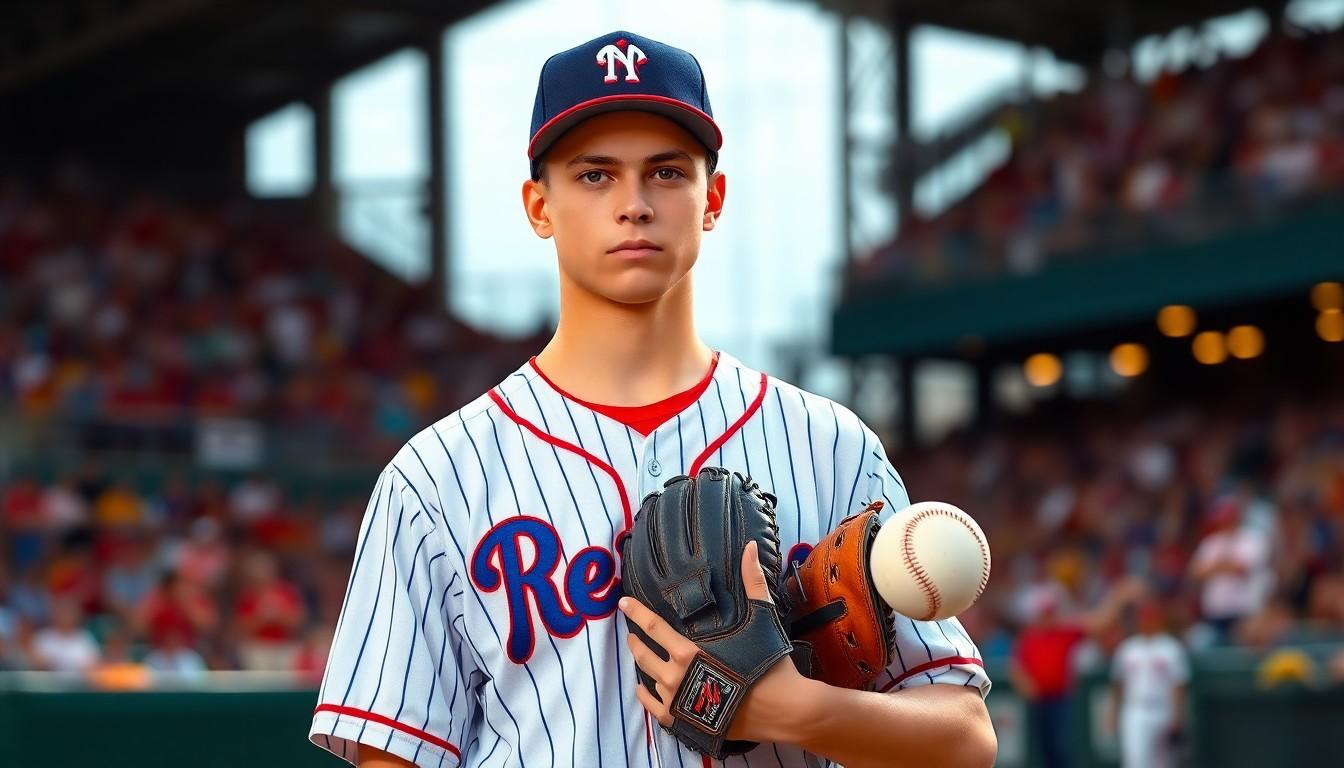Fantasy Baseball Closers: Top Picks and Strategies for the 2024 Season

In the wild world of fantasy baseball, finding the right closer can be the difference between sipping champagne or drowning your sorrows in a bucket of popcorn. These late-inning heroes strut onto the field like rock stars, ready to save the day—or blow it spectacularly. With the stakes higher than a fly ball in the ninth inning, savvy managers know that landing a reliable closer can turn a mediocre team into a championship contender.
But not all closers are created equal. Some are as dependable as a Swiss watch, while others are more unpredictable than a cat on a hot tin roof. Navigating the closer landscape requires strategy, a bit of luck, and perhaps a crystal ball. Buckle up as we dive into the fascinating realm of fantasy baseball closers, where every save counts and the thrill of victory is just a pitch away.
Fantasy Baseball Closers
Closers play a pivotal role in every fantasy baseball team. Managers depend on these players to secure game finishes and accumulate valuable stats. Performance consistency stands as a key factor when selecting closers. Reliable closers often convert saves, driving up their fantasy value.
Several variables influence closer effectiveness. Team dynamics and pitching environments matter significantly. Also, a closer’s ability to handle pressure defines performance under high-stakes situations. Each season presents different challenges, so tracking player trends is essential.
Injuries frequently alter closer roles. A dominant closer one year might lose the position due to health concerns the next season. Monitoring these changes can provide an edge in drafting or making waiver-wire pickups.
Another critical component involves understanding bullpen depth. A team with multiple viable options can create competition, affecting save opportunities. Situational matchups influence which player gets the call during critical moments.
Statistical analysis enhances decision-making processes. Metrics like WHIP, ERA, and strikeout rate offer insight into a closer’s reliability. Scouting reports can reveal which pitchers effectively manage hitters in crucial situations.
Finally, adjusting expectations based on real-time information is vital. Following news updates and understanding a team’s strategy covers potential shifts in closers. These factors collectively shape the fantasy landscape, making the selection of closers both an art and a science.
Top Closers to Consider for 2024

Evaluating the closer landscape for 2024 involves identifying dependable options. Managers must focus on both elite closers and budget-friendly choices.
Elite Options
Emphasizing top talent often becomes crucial in fantasy baseball. Players like Emmanuel Clase, known for his high strikeout rate and low WHIP, dominate the ninth inning for the Cleveland Guardians. Jordan Romano excels in save opportunities, consistently showcasing his ability to perform under pressure. Josh Hader remains a favorite, highlighting a proven track record with the San Diego Padres. These closers bring experience and reliability that can make or break a fantasy team’s success. Their ability to handle high-stakes situations frequently translates into valuable points for managers.
Budget-Friendly Choices
Seeking budget-friendly options allows managers to build a well-rounded roster. Trevor Stephan, for instance, has emerged as a solid choice, demonstrating effectiveness in limited opportunities while boasting a low ERA. Another name to consider is A.J. Minter, who shows promise due to his consistent role in the Atlanta Braves’ bullpen. Also, Gregory Soto remains an intriguing option, offering a mix of strikeouts and save potential without breaking the bank. Each of these closers may provide significant value, enabling managers to allocate resources to other roster positions effectively.
Strategies for Selecting Closers
Selecting a dependable closer involves a blend of statistics and understanding the surrounding dynamics. Managers must remain vigilant about player performance and the intricacies of each bullpen.
Evaluating Stats and Performance
Statistical metrics provide valuable insights into a closer’s effectiveness. WHIP indicates base runners allowed, while ERA reflects overall run productivity per nine innings. Strikeout rate serves as another critical factor, illustrating how often a pitcher can miss bats. These statistics allow managers to assess risk and reward. Focus on recent performance trends, as they often signal a pitcher’s reliability. Monitoring injury history ensures awareness of potential volatility. In-depth analysis of how closers perform in high-pressure situations adds another layer to decision-making.
Understanding Bullpen Dynamics
Understanding a team’s bullpen dynamics aids in predicting closer performance. Analyzing the structure of a bullpen reveals how roles evolve throughout the season. Watching for injuries or underperformance among primary options helps identify potential save opportunities. Managers should consider competition within the bullpen, as it can limit a closer’s chances for saves. Knowing when a team leads or is tied significantly impacts save opportunities too. Scrutinizing a manager’s preferences assists in forecasting usage patterns. These insights empower managers to stay ahead, optimizing their closer selection effectively.
Impact of Injuries and Trades
Injuries can drastically shift the closer landscape in fantasy baseball. When a closer goes down, opportunities often arise for setup men or lesser-known pitchers. Managers must stay vigilant, as this situation can create an opening for unexpected value picks. Trades also shake things up, moving a closer to a new team and altering their role. New environments can affect a closer’s effectiveness, depending on the team’s competitive status and bullpen depth.
Changes in roster dynamics influence save chances. Teams prioritizing playoff contention may lean on their most reliable options, whereas rebuilding clubs might experiment with various pitchers. Tracking trade rumors and injury reports is essential for timely adjustments in fantasy lineups.
Drafting prior to the season means guessing, but mid-season changes provide insights that can enhance or hurt a manager’s roster. A newly appointed closer might boast a high strikeout rate, making them attractive if circumstances change. Conversely, a struggling closer following a trade could face diminished save opportunities.
Consequently, keeping an eye on players with proven consistency is vital. Performance during high-pressure situations can exhibit a pitcher’s potential, even if they face competition from other bullpen options. Understanding how these variables play into a manager’s strategy ensures stronger decision-making.
Utilizing real-time information from reliable sources enhances the ability to adjust expectations. Imminent news on player trades or injury updates can lead to smarter roster moves. Being proactive in monitoring the landscape allows managers to seize opportunities and mitigate risks effectively.
Navigating the fantasy baseball closer landscape requires a blend of strategy and insight. Managers must stay vigilant about player performance and team dynamics to maximize their success. The ability to adapt to injuries and trades is essential for maintaining an edge over competitors.
With the right mix of elite and budget-friendly options in 2024, managers can build a formidable bullpen. By leveraging statistical analysis and real-time updates, they can make informed decisions that enhance their chances of securing saves. Embracing the art and science of closer selection will ultimately lead to a more competitive fantasy baseball experience.







